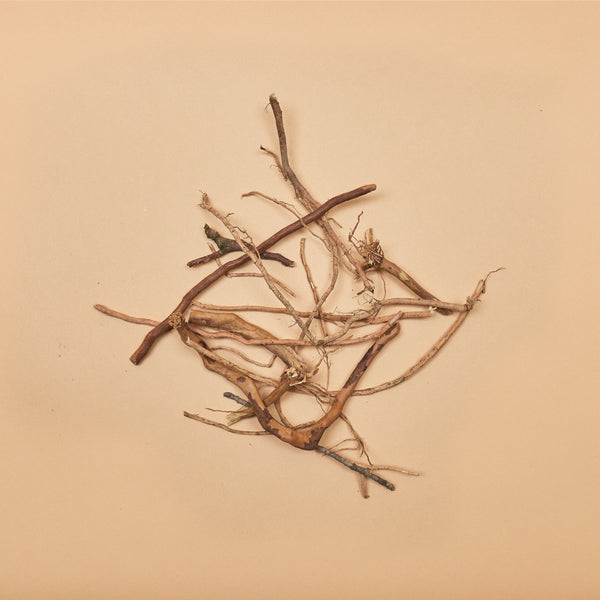- Continue Shopping
- Your Cart is Empty
"Nano" Lotus Seed Pod (Package of 36)
Sold Out
Like it's larger bretheren, this botanical is part of the "seed head" of the Lotus plant (Nelumbo nucifera). However, these little, light-as-a-feather botanicals average only 0.75- 1 inches (approx. 10.9-2.54 cm) in diameter!
Interestingly, the seeds, and possibly the seed pods of the Lotus are known to contain polyphenols, protein, polysaccharides...compounds often found in other botanicals and leaves to which "medicinal" properties for fishes are ascribed. However, we'll stop short of implying any benefit for your fishes other than their unique aesthetics!
PREPARATION: We recommend boiling them for approximately 40 minutes or so, followed by an overnight soak. Being super lightweight and quite buoyant, it will sometimes take a bit of effort to get these little guys down!
ORIGIN:Tamil Nadu, India
#nanolotusseedpod
NOTE: These are a natural product, and display variation in color, size, and texture. Each pod is unique! The photo serves as a reasonable representation of what to expect.
All of our aquatic botanicals are intended for ornamental aquarium or terrarium use only. Please use common sense and take the time to boil or soak all botanicals prior to using them, to reduce the possibility of problems. Always go slow when introducing any botanicals into your systems, so you can judge the effect they have on your fishes and plants. They are not intended for human consumption. DO NOT INGEST!
NOT FOR HUMAN CONSUMPTION
SEE OUR SHIPPING AND HANDLING PAGE FOR OUR SHIPPING POLICIES



Related Items
Ichnocarpus Bark (25 pcs)
Sold Out - $ 8.00
The bark and twigs of Ichnocarpus frutescens from India is an interesting, functionally aesthetic botanical material ideal for all sorts of applications! Long known for it's medicinal properties, Ichnocarpus has...
Shade - Pack of 32
Sold Out - $ 24.00
Imagine if there were an easy way to get the lovely blackwater aesthetics and benefits easily and quickly, with little effort and no mess. Well, there is! Enter "Shade!" “Shade”...
"Bits and Pieces"- Assorted Small Root and Twig Sections (20 pcs.)
Sold Out - $ 5.00
Bits of roots, twigs, and shoots from terrestrial plants are found throughout the aquatic environment. They form a network of "interstitial spaces" on the substrate, where all sorts of...














